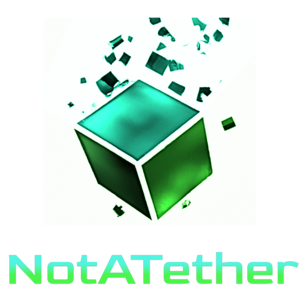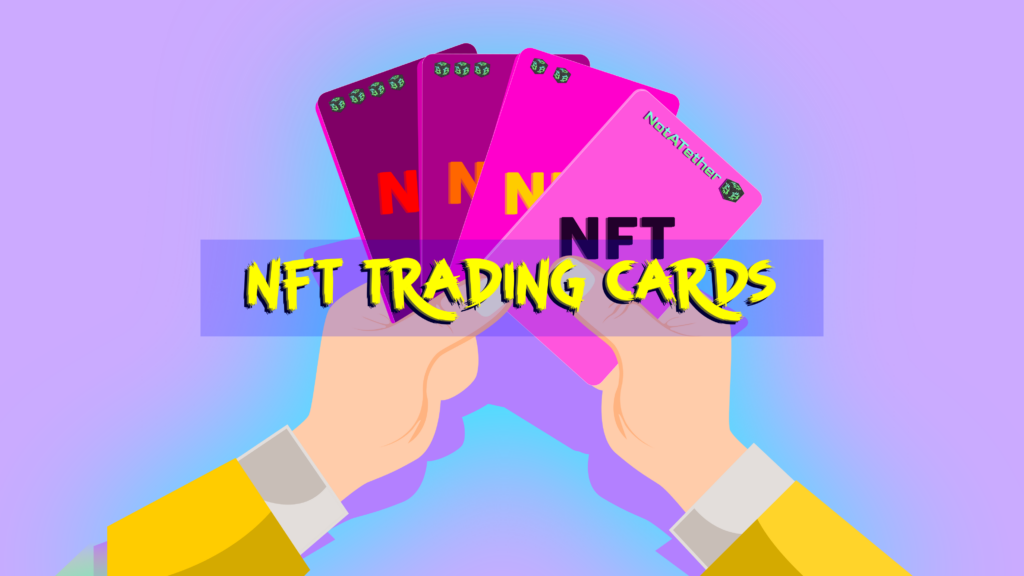Introduction to NFTs
- NFTs stand for non-fungible tokens. These are kinds of crypto assets strengthening their roots in the market. Thus, an NFT is a digital asset or a unit of data stored in a digital ledger called a blockchain.
- Each NFT is unique and non-interchangeable just like fingerprints. The lack of interchangeability (fungibility) distinguishes NFTs from blockchain cryptocurrencies, such as Bitcoin.
- Each NFT may represent a different underlying asset and thus have a different value. When people buy NFTs, they get certificates secured with blockchain technology.
- The first NFT project was launched in 2015 on the Ethereum blockchain.
What comes under the category of NFT?
Any kind of virtual tokens like some artwork, music, movie, song, photograph, GIFs, or anything else that can be stored digitally comes under its category.
How Unique are NFTs?
What comes to our mind first is how unique it is. Anyone can copy from the real one. But, it will only be imitations and will lack all the characters that make it unique, non-fungible. It can be easily understood by a simple example of the painting of Mona-Lisa by Leonardo da Vinci. A large number of copies of the Mona Lisa are available in the market which is almost similar to the original one, but the actual value is only for the real one which is in Paris at the Louvre museum.
Why NFTs are attracting so much attention?
Collectibles
- NFTs can represent digital collectibles like physical card collections, however in a completely digital format. There is only one owner for a specific NFT and they have a blockchain entry to back them up, which makes it so much more attentive.
- Without using cryptocurrency, collectors can jump on the digital trading card boom. Some platforms allow users to buy equity shares of trading cards and other collectibles. It is an easy and interesting way to own “shares” of a card and diversify a portfolio.
Digital collectibles as Investment and Monetization
- Using your hobbies into your investment strategy sounds like a recipe for success. Additionally, it ensures you have the knowledge and background to make informed decisions.
- Artists can monetize their digital artwork and more, and they get a royalty if it is sold.
Can we buy NFTs with cryptocurrency?
Several marketplaces accept Ethereum. Technically, anyone selling an NFT can ask for whatever currency they wish to.
What are the downsides of NFTs?
- It should be remembered that NFTs end up exhausting a lot of electricity as they use the same blockchain technology as cryptocurrencies that generate greenhouse gas emissions.
- As a buyer, another downside is that with so many people obsessing over NFTs, good bargains may not come and there may be overpaying.
- From a seller’s point of view, when the hype fades and NFTs turn into just another digital collectible, there are the least chances of profit.
Conclusion
Everything comes with both pros and cons. On one hand, NFTs are opening so many career opportunities. People are making millions of dollars via NFTs, and some strange things are being sold at unbelievable prices. For instance, an image of a Llama is currently on sale on OpenSea for about 100,000 Ethereum coins. That is more than 2,100 crores rupees.
On the other hand, NFTs are just like asset bubbles, which can swell quickly to huge proportions and can be burst at any time. When it occurs it may cause a negative impact to some rich suckers and alter the careers of many online artists or NFT minters.

